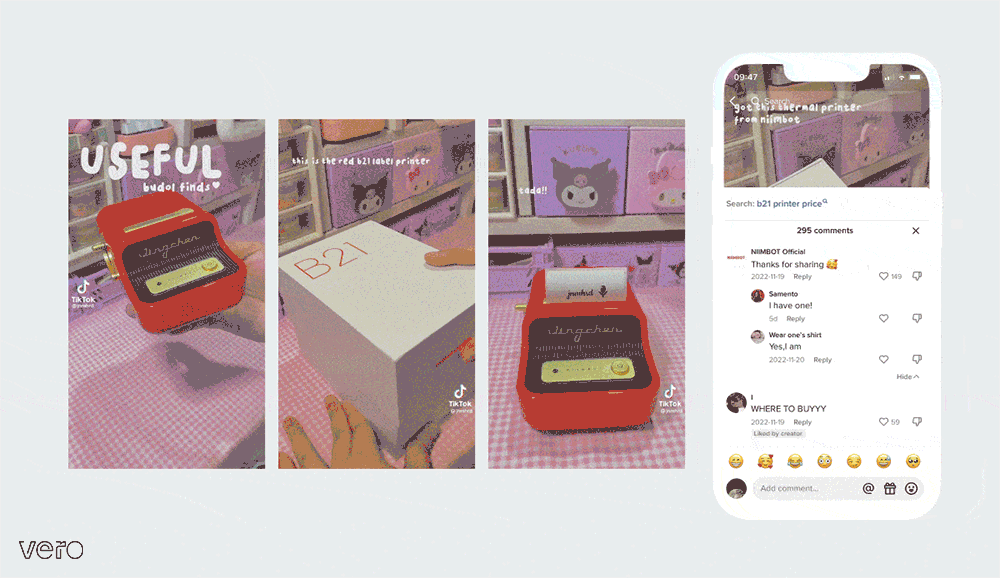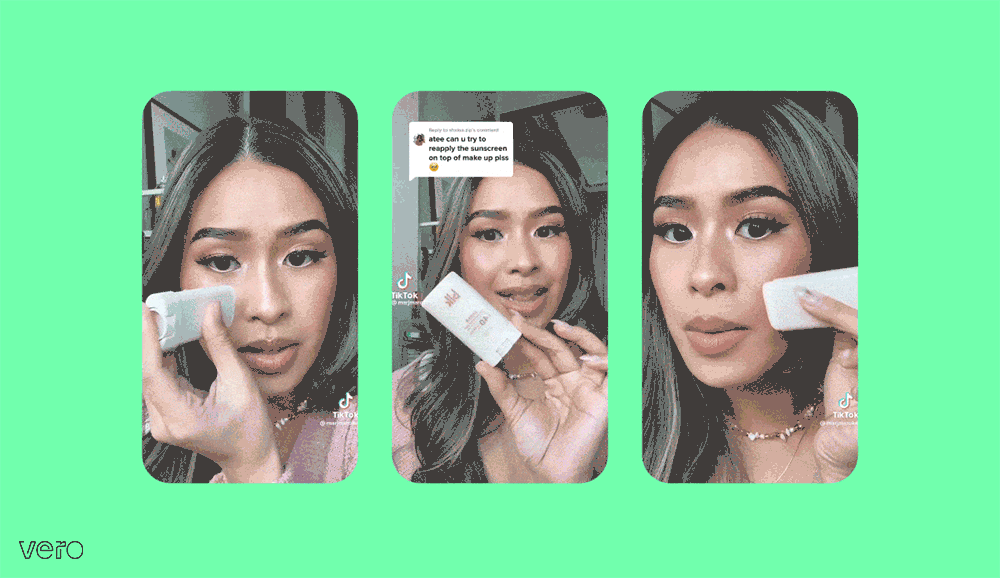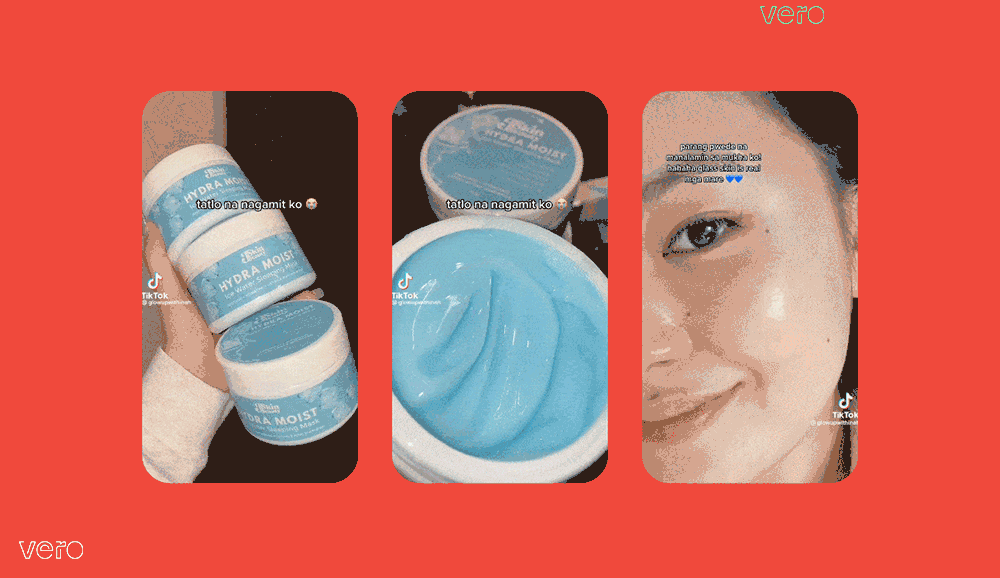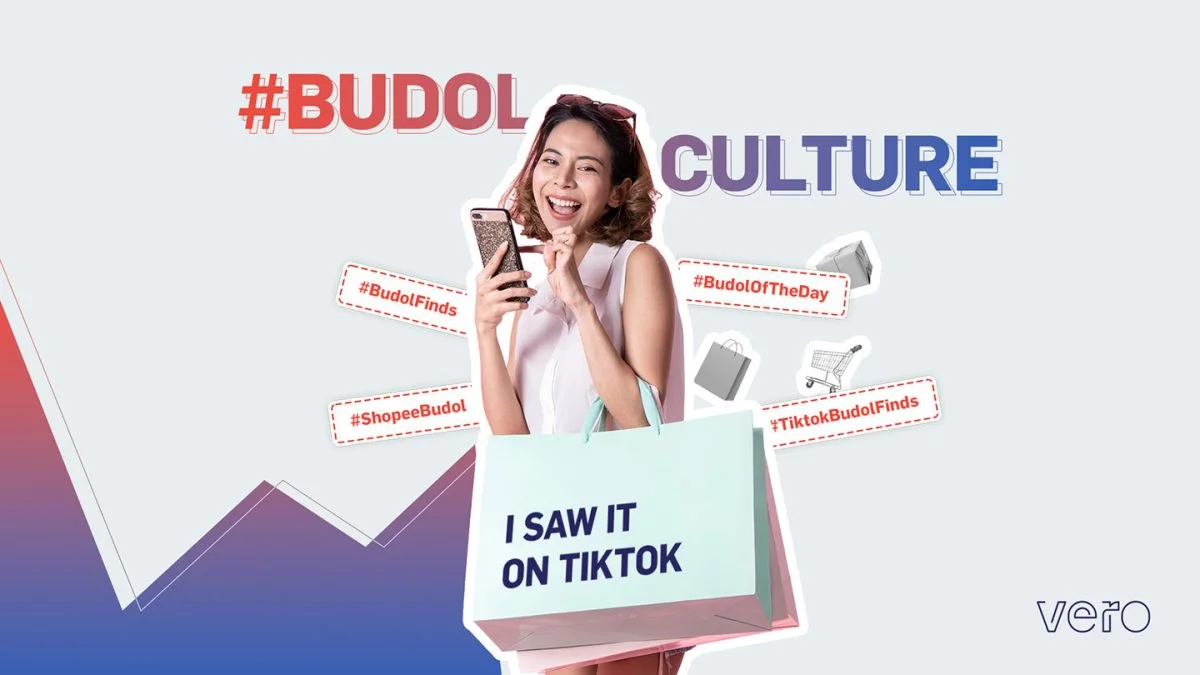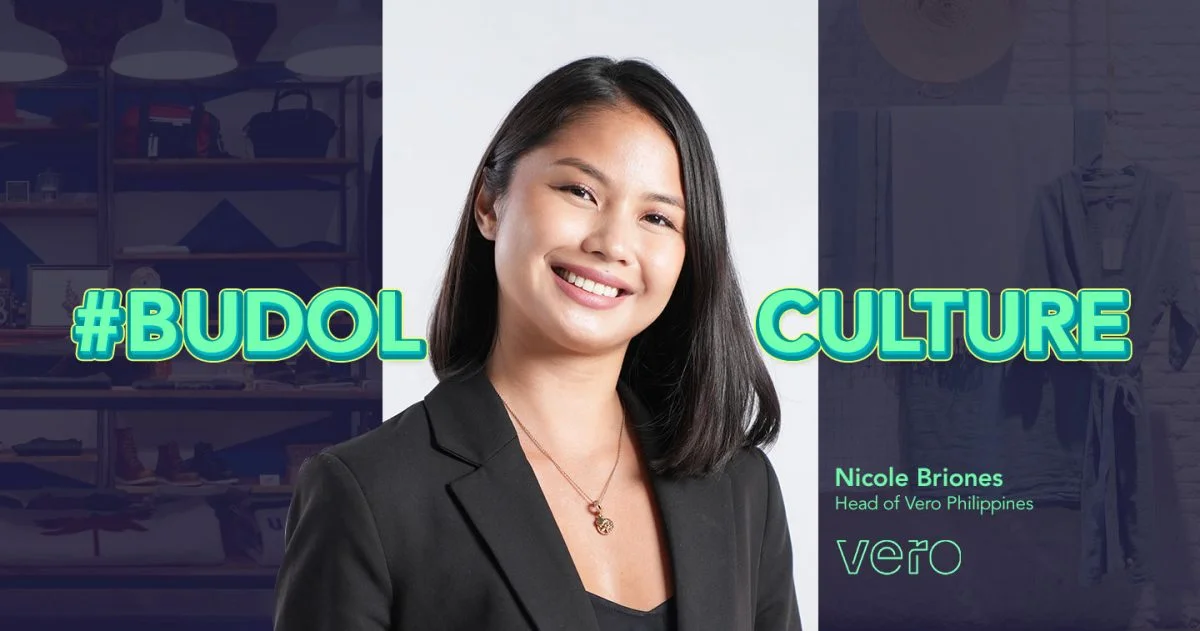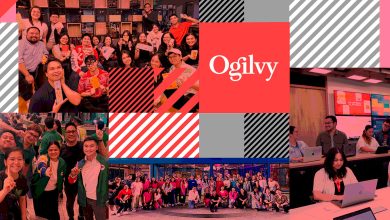MANILA, PHILIPPINES — In recent years, TikTok has taken the world by storm with its short-form videos that are both wildly entertaining and highly engaging. In the Philippines, the app has become increasingly popular among young people, with millions of users creating and sharing their own videos every day. One trend that has caught the attention of many is #TikTokMadeMeBuyIt, where users share products they discovered on Tiktok and ended up purchasing.
 In the Philippines, this trend is known as budol. Vero, an award-winning communications consultancy, has defined it as the phenomenon of buying products promoted on social media, usually due to the persuasion of another person or “influencer.”
In the Philippines, this trend is known as budol. Vero, an award-winning communications consultancy, has defined it as the phenomenon of buying products promoted on social media, usually due to the persuasion of another person or “influencer.”
As budol culture continues to grow, adobo Magazine sat down with Nicole Briones, Head of Vero Philippines’ Operations, to talk about TikTok’s influence on consumer behavior. Read about this trend’s impact on both consumers and businesses in the Philippines, and how modern-day creators can drive purchasing decisions.
adobo Magazine: Can you describe budol culture and how it has impacted the Philippine market?
Nicole: In recent years, we’ve discovered how TikTok’s unique features have influenced consumers. One of the most popular hashtags on the app is #TikTokMadeMeBuyIt, which is all about peer reviews. This eventually became the predecessor of the budol phenomenon here in the Philippines.
We see how people are sharing honest reviews on products they view as affordable or life-changing. They take others through their own experiences, real results, and impressions on how products work or which actually don’t. This reveals how authentic user-generated videos have created a budol consumption culture here in the Philippines. Based on our research, the popular hashtags now are #BudolOfTheDay, #TikTokBudolFinds, and #ShopeeBudol. There’s also #BudolFinds which has been extremely popular from October 2022 to January 2023, with about 463.7 million views at 94% peak viewership.
How do you think the pandemic factored in the widespread use of the word budol in shopping? Especially considering how it was often a word used to describe negative situations before.
The budol phenomenon has been on the rise since the pandemic. When everyone was forced to stay indoors, there was little to do besides your daily tasks, work, and household chores. Of course, we turned to social media, including Tiktok, as a way of feeling connected.
The term budol has become more and more popular as Filipinos continue to talk about their cheap finds, bundle promos, packable vouchers, and free shopping. Although it may have had negative connotations before, we now see how budol actually brings happiness to Filipino consumers as they discover items incredibly helpful or life-changing.
How has Tiktok affected consumer behavior here in the Philippines?
A recent Meltwater study shows that around 67.9% of Filipinos, aged 16 to 64, consider TikTok as their most-used social media platform. Other data reveals that they spend about an hour, at least, a day on the platform. We see Filipinos gravitate towards TikTok because there, they can stay connected, reveal their true selves, and see what the market has for them, especially with the personalized feed experience on the “FYP” page.
On TikTok, it’s proven that a consumer doesn’t have to be popular to influence purchasing behavior. If someone aspires to be a TikTok influencer, they just need to push themselves to create attention-grabbing and engaging content to encourage viewers to watch their videos. While different creators thrive in their own niches, Philippine TikTokers dominate the game through the budol phenomenon. If they play their cards right, someone who only has a few followers can become an overnight sensation.
How has this trend changed the way that brands market their products and reach out to their target audience?
From a marketing perspective, the budol phenomenon is modern word-of-mouth. It seems like Filipinos are tired of flashy commercials and photoshopped bodies that they no longer resonate with. Meanwhile, the TikTok marketing game has shifted into user-approved testimony where reviews are more believable when people outline improvements for brands. The latter continues to tap not only macro-influencers, but also micro- and nano-influencers who can give honest reviews and feedback about their products. This kind of communication can trigger the curiosity of target audiences, making brands one step closer to gaining potential customers.
According to TikTok’s Creative Center & Analytics, around 67% of the audience that uses #budol or #budolfinds on their platform are around the age range of 18 to 24 years old or Gen Z. What are some trends you’ve noticed about them as consumers?
Gen Z’s appreciate self-fulfilling experiences. This can include sports, gaming, art, K-pop, and anime. Before, these passions were only associated only with certain groups, but now we see how Gen Z’s have diverse interests, instead of just settling with one passion or label.
When it comes to this generation, they’re not merely consumers. They’re actually digesters or active messengers, and they take extra steps to discuss specific topics on platforms. This is very evident in how they critique products, entertainment, and even politics.

Talking about budol culture, can you give us an example of a product that has become popular because of review videos on TikTok?
With the help of our regional IQ team, we found out that JSkin Beauty Hydra Moist gained a lot of popularity through TikTok, with product-related views increasing day by day. #HydraMoist has even garnered over two million views.
Sponsor

Right now, there are different kinds of review videos, structured in multiple ways. Some creators show their skin before and after, from bumpy to clear. Others use irony in their videos, like listing down the reasons they “hate” Hydra Moist while actually enumerating the reasons why they love the product. Another approach is asking viewers to trust the skincare process over the course of several days or weeks, all the while giving tips on how to use the product. Overall, these videos have been very well-received.
How do you predict budol culture can further evolve in the Philippine market in the next five years, especially in how consumers make purchasing decisions?
We believe that the budol phenomenon will continue to trigger audiences’ curiosity, authenticity, and novelty. As Gen Z’s continue to seek meaningful and genuine relationships, they will continue to drive budol culture with an increasing number of consumers turning into micro and nano influencers themselves. These creators will not just have followers, but fans who share a similar value system with them. This will create trust and a safe space where they can openly share real tips and advice.
At Vero, we truly believe that innovation is crucial in creating authentic online experiences for brands, influencers, creators, and consumers. We’re very proud actually that this Q1, we’re actually launching a new tool that will bring greater level levels of methodology, collaboration, and measurement through influencer marketing campaigns that are aligned in response to the evolving landscapes here in the Philippines and in the Southeast Asia region. With the help of our IQ team, we’re also able to monitor trends very closely and gain relevant insights to predict how a trend could unfold for brands, creators, and consumers. We hope everyone looks forward to that as well.

Read more about Vero’s “budol” culture insights on its “I Saw It On TikTok” whitepaper here: https://vero-asean.com/i-saw-it-on-tiktok-budol-culture/
 In the Philippines, this trend is known as budol. Vero, an award-winning communications consultancy, has defined it as the phenomenon of buying products promoted on social media, usually due to the persuasion of another person or “influencer.”
In the Philippines, this trend is known as budol. Vero, an award-winning communications consultancy, has defined it as the phenomenon of buying products promoted on social media, usually due to the persuasion of another person or “influencer.”